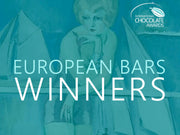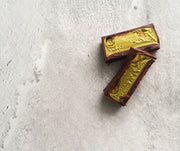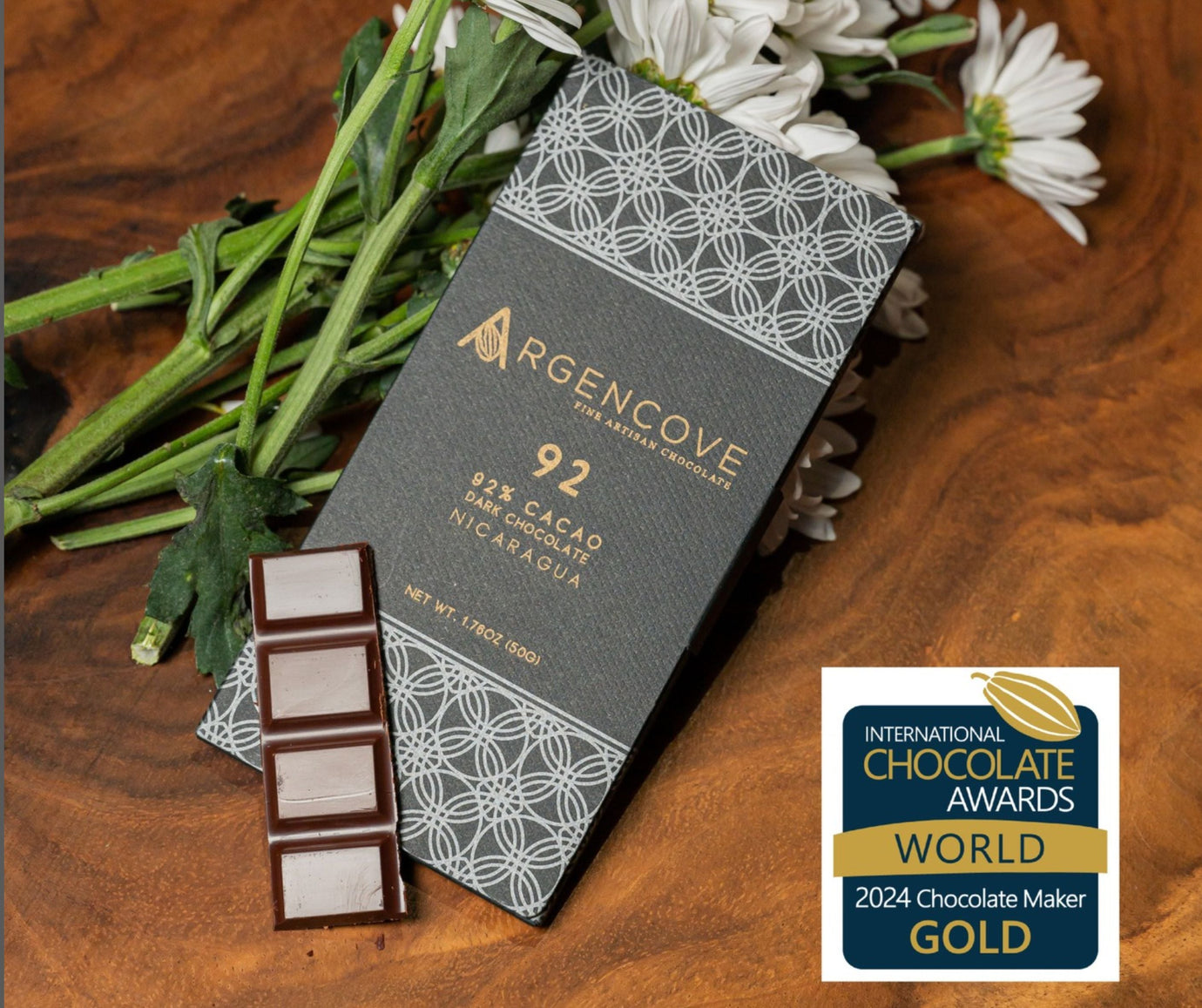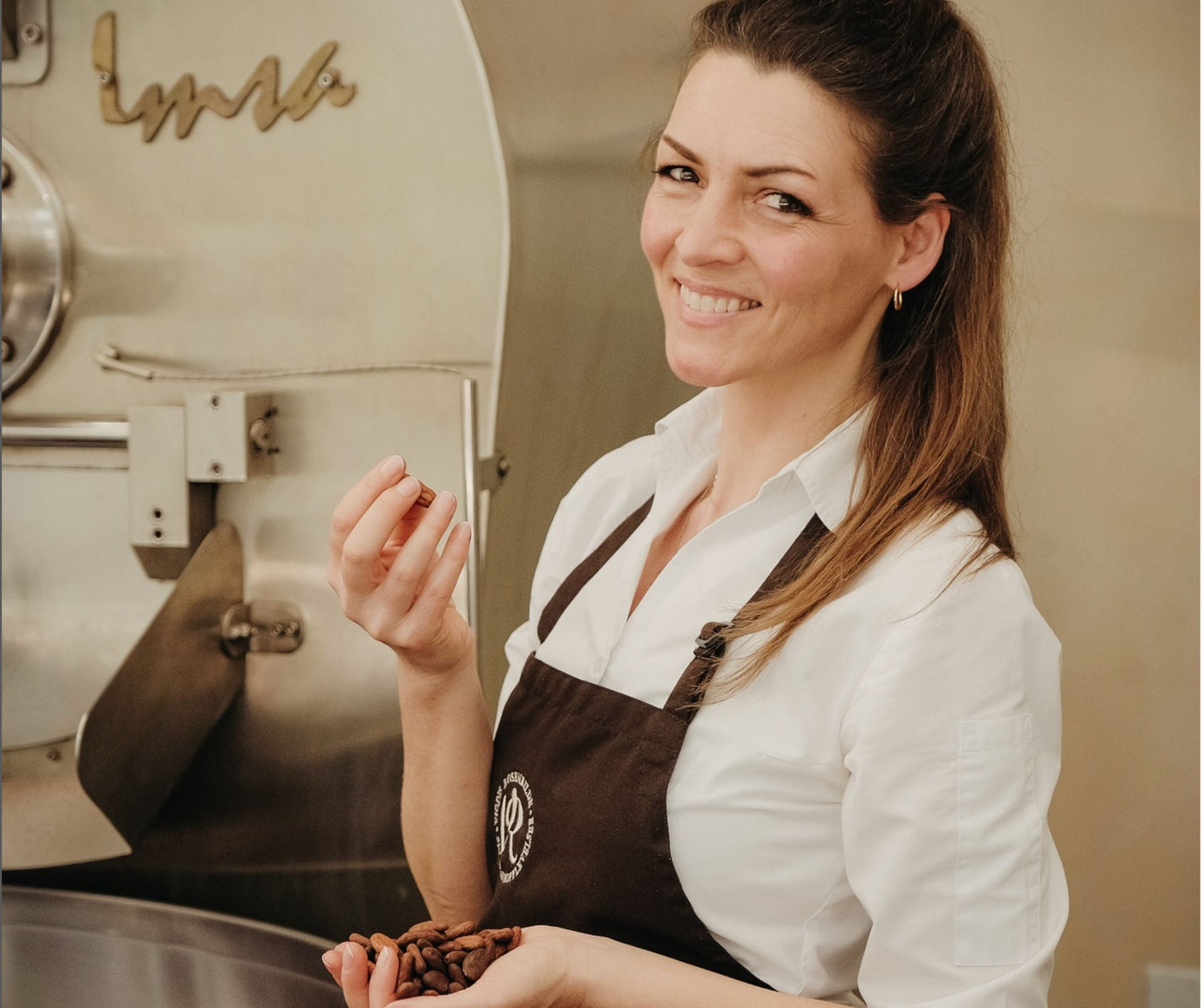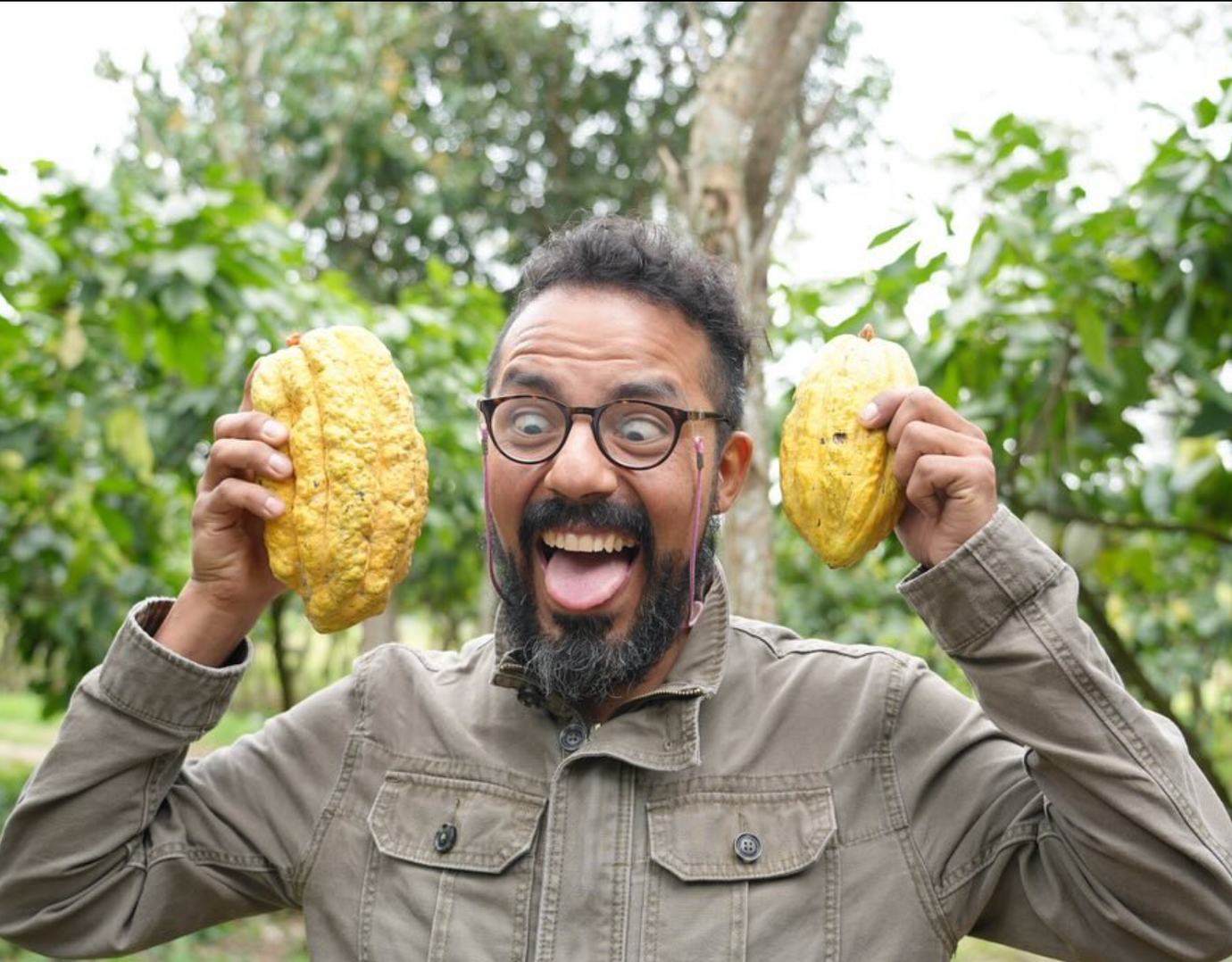Sustainable Ancient Gift Wrapping - Furoshiki and Tenugui
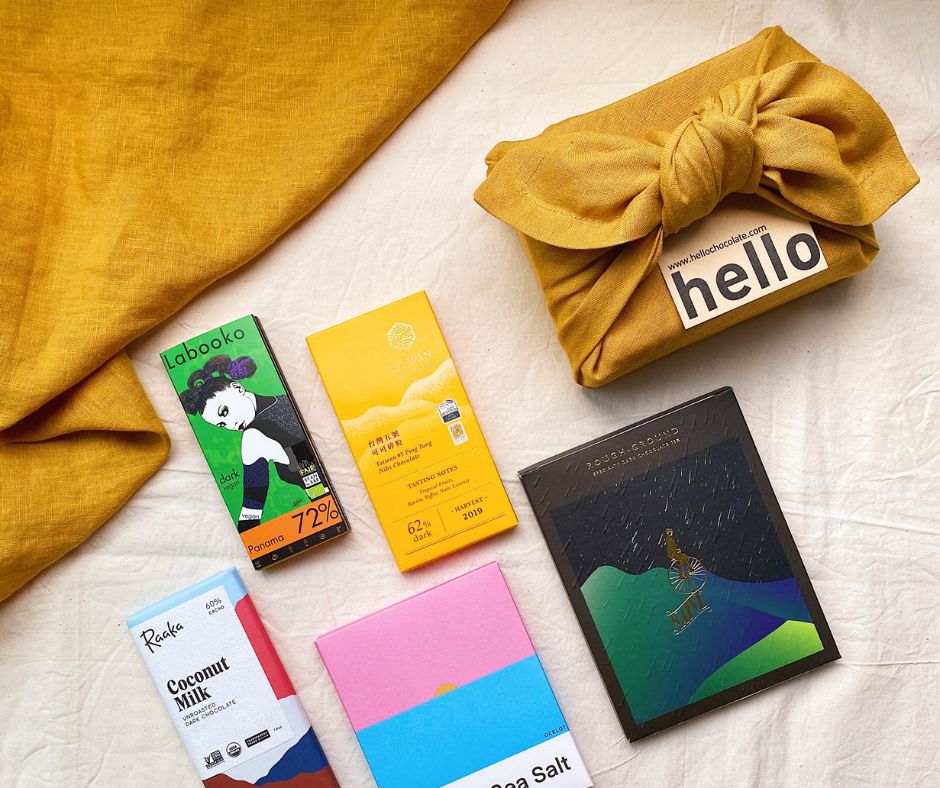
History
The Japanese weaves caring and sharing into all layers of society. They believe that politeness engenders order, safety, and cleanliness – significant values to live by. A polite society is a caring society. By being polite, people are considerate – they think of and put the convenience and feelings of others first when serving their friends, families, and even strangers. This permeates through every layer of institution and infrastructure in Japan as evident in the baskets provided to hold handbags and shopping bags at restaurants and trays to proffer money to reduce confusion and facilitate passing of coins and bills, just to name a few.
By extension, many Japanese believe that caring for possessions and careful presentation is of paramount importance. As such, the wrapping (Tsutsumu) and tying (Musubi) of Furoshiki and Tenugui are calming cultural rituals and a way of caring for valuables. This speaks volumes for the ingrained cultural significance: Tsutsumu means to wrap, but also refers to the unborn fetus inside a mother’s womb, therefore treating the fetus’s soul with love and respect – as with the valuable contents within Furoshiki and Tenugui!
Musubi (tying) comes from God Musubi, a deity of creation and living. Over time, Musubi has come to also mean marriage and amulet, as a protection from evil; connecting two people in a sacred and safe union. The cultural significance permeates through the ancient traditions of using Furoshiki (and Tenugui), with people wrapping and tying their valuables using these adorned fabrics to celebrate the timeless love, care, and respect for the items within.
Furoshiki
Furo means bath and shiki means to lay. One of Japan’s most historically significant everyday accessories, the Furoshiki’s history is one that goes back 1,200 years. Today’s Furoshiki cloth was initially used during the Nara Period (AD 710 – 794) as cloth protection for precious items often found in Japanese temples. Its role began to shift in the Heian period (AD 794 – 1185) when onsen-going lords did not want to get their kimonos mixed up, so they wrapped their clothes in Furoshiki with their family’s crest on it.
Furoshiki is a square-shaped cloth used in Japan to wrap items and carry them. They have various sizes, ranging from the size of a hand to the size of a bedsheet! Being made of fabric, Furoshiki can be stored easily, are very light and can wrap many different kinds of shapes. For those reasons, Furoshiki is convenient for day-to-day needs. They can be used to wrap several small goods together or wrap one bulky item, like a wine bottle or a large sake bottle. In addition to these advantages, Furoshiki can be washed like other cloth when they get dirty. Japanese re-acknowledged that Furoshiki is also environmentally friendly, it became even more popular.
Tenugui
In Japanese, Te means hand and Nugui means to wipe. Tenugui refers to a thin Japanese hand towel made of cotton and is most commonly rectangular and 90cm by 35cm in dimension. Back in the Heian period (AD 794 – 1192), Tenugui was used as an accessory for Shinto rituals. Through the years, the use of this towel slowly gained widespread acceptance and it was during the Edo period (AD 1592 – 1868) that it became a necessary item in daily life. It is practical for daily use as a washcloth, dishcloth, to cover face from dirt, and even to wrap small items.
Differences between Furoshiki and Tenugui
A typical Furoshiki is bigger, thicker, and generally sturdier than a Tenugui. This is due to the original utility of a Furoshiki being a medium of transport for items when outside of one’s living space, and therefore are purposefully made to look more presentable. Tenugui on the other hand, were meant for indoor usage and therefore not hemmed. However, in the more modern times, both the Furoshiki and Tenugui are appreciated not only for their practicality, but also for their artistic values so it is common to see beautifully made Furoshiki and Tenugui – such as the ones that we offer for sustainable gift-wrapping!
Note:
Since the ends of Tenugui were simply cut off and not hemmed, slight fraying is to be expected from use. In the beginning, when the threads of the weft becomes frayed, cut off these threads. Once both ends become fringes of about 1cm with continued use and wash, the threads of the weft will cease to fray.
Japanese Furoshiki Makers
The Furoshiki offered by Kamawanu are screen-printed by hand.
Kamawanu specializes in the making of Tenugui using a special “Chusen” hand-dyeing technique, which dates back to the Meiji period more than 100 years ago. Since its establishment in 1987, Kamawanu has developed more than 500 different Tenugui patterns, thus bringing new life to the “Chusen” hand-dyeing tradition, including the training of apprentice “Chusen” craftspeople. Today, the “Chusen” technique is used by craftspeople who value its refined textures and visual qualities. Dyes used in this special technique are of different shades of colors depending upon each day’s weather, temperature, and humidity. These dyes on the Tenugui will gently fade with each washing but will also soften the Tenugui itself. This is the unique quality of the “Chusen” dyeing technique. Tenugui is all dyed by hand, and thus all products may not be completely identical.
Why Furoshiki and Tenugui?
With the historical and cultural significance of Furoshiki and Tenugui, sending a gift wrapped within these hand-dyed fabrics elevates the gifting to a whole new experience. The gift takes on unthinkable thoughtfulness, especially when compared to using disposable wrapping paper that pervades society today. Just as many people are becoming more and more eco-friendly and conscious about the impact on our environment, the Furoshiki and Tenugui is gradually coming to the forefront of gifting. This is the epitome of sustainable gift wrapping for your chocolates. Not only is it an aesthetically pleasing replacement of one-time use paper/plastic gift wraps, Furoshiki and Tenugui can be washed, reused and repurposed for multiple functions. The only limit would be one’s imagination. Moreover, with the intrinsic artistic value and the practicality of Furoshiki and Tenugui, it is essentially multiple gifts in one.
Other Uses
Packing lunch boxes, transporting food/groceries/wine bottles/beers/fragile goods, used as tablecloth/handkerchief/placemats/napkins, general purpose bags for books/wine bottles, framed and hung on the wall as art, extra padding for headgear, worn as a bandana/shawl, used as a sling/temporary bandage during an emergency!
How to Tie
Furoshiki - Gift Wrapping
Furoshiki - Side Ribbon
Furoshiki - Drop Bag
Tenugui - Wine Bottle Carrier
Tenugui - Accessory Pouch
Create Your Own Gifts!
Add your own flair and personalization by curating your own chocolate gift for your loved ones, friends, colleagues, or anyone else who is lucky enough to be a recipient!
Just add a Furoshiki of your choice under "Build Your Gift" to the shopping cart, and your chocolates will be wrapped in them by default! Include a gift message as you please, they will be printed on a translucent card in a handwriting font.
(P.S. Gifts look best when they have a minimum of three bars!)
Check Out Other Pre-Made Gifts!
We have specially curated several gift sets of historically best-selling chocolates from our current collection. They are all wrapped in either Furoshiki or Tenugui, just add a personal touch with a message to the recipient!

